There are many differences between CNC (computer numerical control) machining and traditional machining, ranging from technical aspects to application scenarios, cost-effectiveness, and labor requirements. With the development of manufacturing, CNC Machining has gradually become mainstream, but traditional machining still has a place in some areas. The following is a comprehensive comparison and analysis of CNC machining and traditional machining.
Degree of Automation
CNC machining: The core of CNC machining lies in its high degree of automation. Through pre-written computer programs, CNC machine tools can automatically complete various complex machining operations according to precise instructions. These instructions are usually generated by CAD (computer-aided design) software and the machining path is planned by CAM (computer-aided manufacturing) software. Since the computer controls the entire machining process, the operator's intervention is minimized, and it is only necessary to set up the machine tool at the beginning and monitor its operating status. This highly automated method not only improves production efficiency, but also greatly reduces errors caused by human operation, thereby ensuring product consistency.
Traditional machining: Traditional machining mainly relies on technicians to manually operate machine tools, and technicians control the movement and cutting process of machining tools through experience and skills. In traditional machine tools such as lathes, milling machines and grinders, operators need to personally adjust the tool position, speed, feed rate and other parameters to complete each processing step. Each processing requires the full participation of technicians, resulting in a low degree of automation. Operators must have rich experience and skills to ensure processing accuracy and quality, which makes traditional processing difficult to compare with CNC processing in terms of efficiency and consistency.
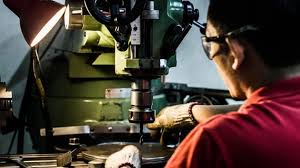
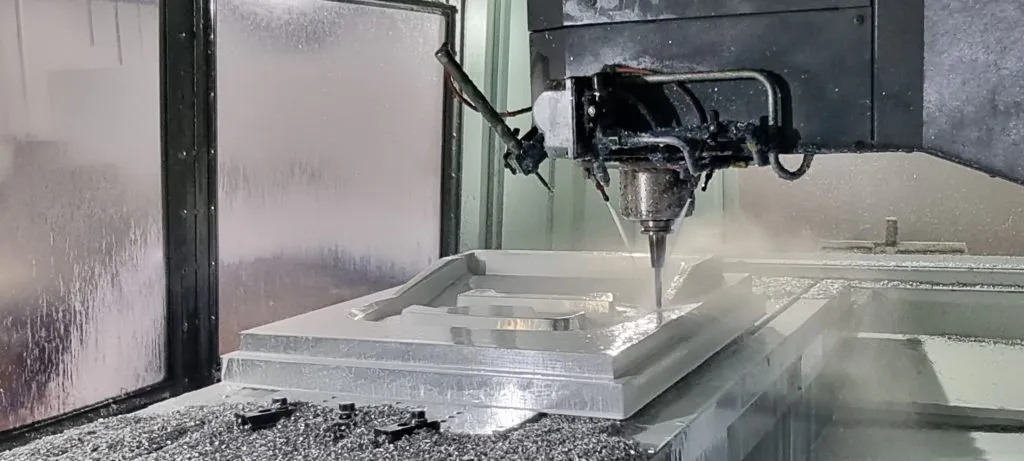
Precision and consistency
CNC machining: CNC machining is known for its superior precision and consistency. Since CNC machines are computer-controlled, all operations are performed automatically according to a written program, which makes the machining process of each part exactly the same. As a result, CNC machining can consistently produce parts with extremely close tolerances and highly consistent quality. This consistency becomes particularly important in large-scale production, as it reduces scrap rates and the need for rework. In addition, CNC machines can easily handle the machining of parts with high precision requirements, ensuring that each part meets the design specifications.
Traditional machining: Although experienced technicians can achieve high precision through traditional machining methods, this precision often depends on the skill level and meticulousness of the operator. Due to the involvement of human factors, traditional machining has difficulty maintaining the consistency of parts in large-scale production. Even parts in the same batch may have slight dimensional deviations due to differences in operators or tool wear. Therefore, in situations where extremely high precision and consistency are required, traditional machining may not be comparable to CNC machining.
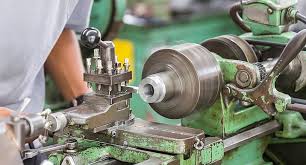
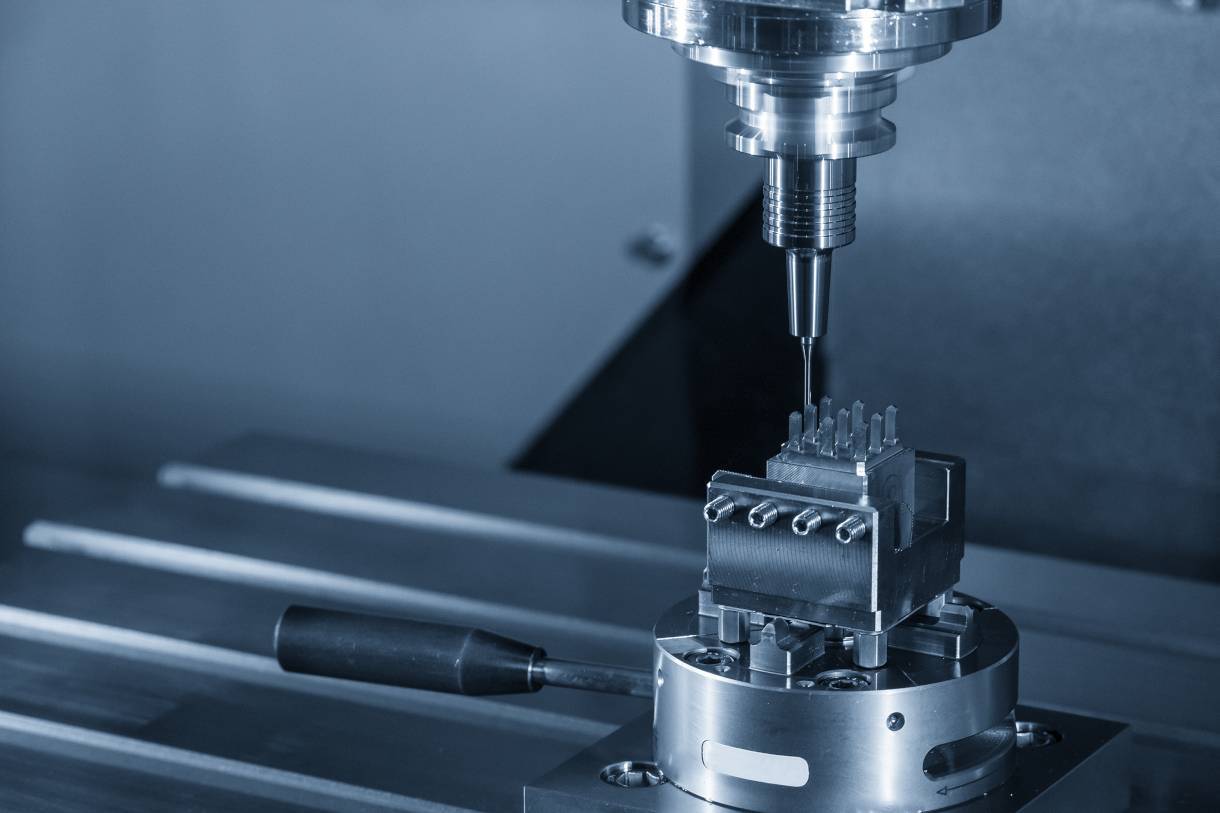
Complexity and Diversity
CNC machining: CNC machines can easily handle complex geometries and designs, including three-dimensional structures and multi-surface machining. Through computer programming, CNC machines can complete multiple processes in one clamping, which makes machining complex parts more efficient. For example, in Industries that require complex parts, such as aerospace, medical devices, and automotive manufacturing, the advantages of CNC machining are particularly obvious. By precisely controlling the motion trajectory of the tool, CNC machines can machine complex contours and cavity structures that are difficult to achieve with traditional machining.
Traditional machining: Traditional machining is more suitable for simple geometries and designs. For complex parts, traditional machining usually requires multiple clamping and manual adjustments to gradually complete each machining step. This not only increases the machining time, but also easily introduces cumulative errors, resulting in the final product not meeting the design requirements. Therefore, when processing complex parts, traditional machining is less efficient and more costly, making it difficult to compete with CNC machining.
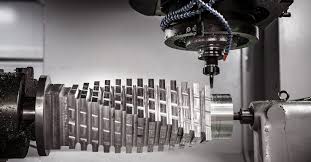
Production efficiency and speed
CNC machining: CNC machining has significant advantages in production efficiency and speed. After programming is completed, the CNC machine can run continuously with almost no intervention, which greatly shortens the production cycle. Especially in mass production, CNC machining can achieve long-term unattended operation through functions such as automatic tool change and automatic feeding. This efficient production method not only reduces labor costs, but also increases the output per unit time, which is suitable for manufacturing environments that require fast delivery.
Traditional machining: Traditional machining is relatively slow in production speed because it requires manual adjustment and multiple clamping by the operator. Especially for complex parts, each machining step requires manual intervention, which makes the entire machining process time-consuming. In addition, traditional machining is difficult to achieve continuous production, especially when multiple tool changes and tool adjustments are required, and the efficiency is low. Therefore, traditional machining is more suitable for small-batch, personalized customization production needs, and is not very suitable for large-scale, fast-turnaround production models.
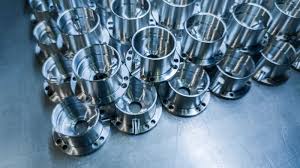
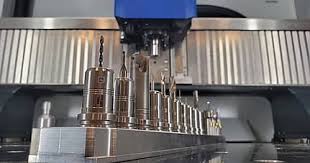
Cost-effectiveness
CNC machining: Although the initial investment in CNC machining is large, including the purchase of CNC machine tools, software programming and setup costs, in mass production, these initial costs can be amortized, thereby reducing the unit cost of each part. As production batches increase, the cost-effectiveness of CNC machining becomes more obvious. In addition, the high precision and consistency of CNC machining also reduce scrap rate and rework costs, giving it an advantage in total cost control.
Traditional machining: Traditional machining has a lower initial cost, especially in small batch production or single piece production, traditional machining is more cost-effective because it does not require complex programming and expensive equipment. However, when the scale of production is expanded, the efficiency of traditional machining is low, and due to the influence of human factors, the scrap rate may be high, resulting in increased costs. Therefore, the cost-effectiveness of traditional machining in large-scale production is far less than that of CNC machining.
Labor and skill requirements
CNC machining: CNC machining requires technicians who can program and operate CNC machine tools. These personnel need to understand CNC software, machine settings, and machining processes. Although CNC machining reduces the need for physical labor, it requires higher requirements for skilled workers, requiring them to have certain computer operation and programming Capabilities. Therefore, in the CNC machining environment, technical training and knowledge updating are particularly important.
Traditional machining: Traditional machining relies on the manual skills and experience of technicians. Operators need to have an in-depth understanding of machine tool operation, tool selection, and cutting parameter adjustment. In the traditional machining process, the operator's experience and skills directly affect the quality and efficiency of machining, so the operator's manual ability is required to be high. Although the degree of automation of traditional machining is low, it places higher demands on the craftsmanship and experience of technicians.
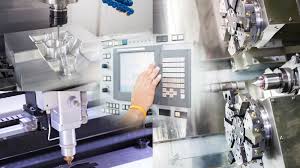
Flexibility
CNC machining: CNC machine tools can quickly switch between different machining tasks through programming to meet the needs of multi-variety and small-batch production. By simply modifying the program code, CNC machine tools can adjust machining parameters in a short time and quickly respond to changes in market demand. In addition, CNC machining can complete multiple processes in one machining cycle, reducing the time for clamping and tool changing, and improving production flexibility.
Traditional machining: Traditional machining is more cumbersome in the conversion of machining tasks, requiring readjustment of equipment, tool changing, and repositioning of workpieces, which makes it less flexible when dealing with multi-variety and small-batch production. Traditional machining is more suitable for fixed and single-type production tasks. When it is necessary to frequently change product types or machining processes, the efficiency of traditional machining will be significantly reduced.
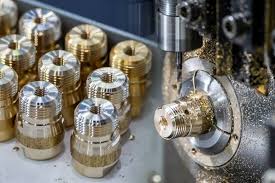
Applicable scenarios
CNC machining: CNC machining is suitable for large-scale, high-precision manufacturing scenarios, especially in industries that require complex parts such as aerospace, automobiles, electronics and medical devices. The advantages of CNC machining are particularly obvious. The degree of automation and high precision of CNC machining enable it to meet the strict requirements of these industries for complex geometry, high quality and consistency.
Traditional machining: Traditional machining is more used in small-batch production or areas that require manual operation. For example, in scenarios such as maintenance, prototyping, and artwork processing, the flexibility and manual skills of traditional machining are more applicable. In addition, traditional machining also shows certain advantages in the application of some special Materials or special processes.
Environmental protection and sustainability
CNC machining: CNC machining can usually reduce energy consumption and raw material waste due to its efficient production method, and has good environmental benefits. In addition, the high precision and consistency of CNC machining also reduce the scrap rate, thereby reducing the generation of waste, which meets the requirements of modern manufacturing for sustainable development.
Traditional machining: Traditional machining is less efficient due to its reliance on manual operation, which may lead to more energy consumption and material waste.





 English
English

